Understanding turbulence causes and seat choices can enhance comfort for older flyers.
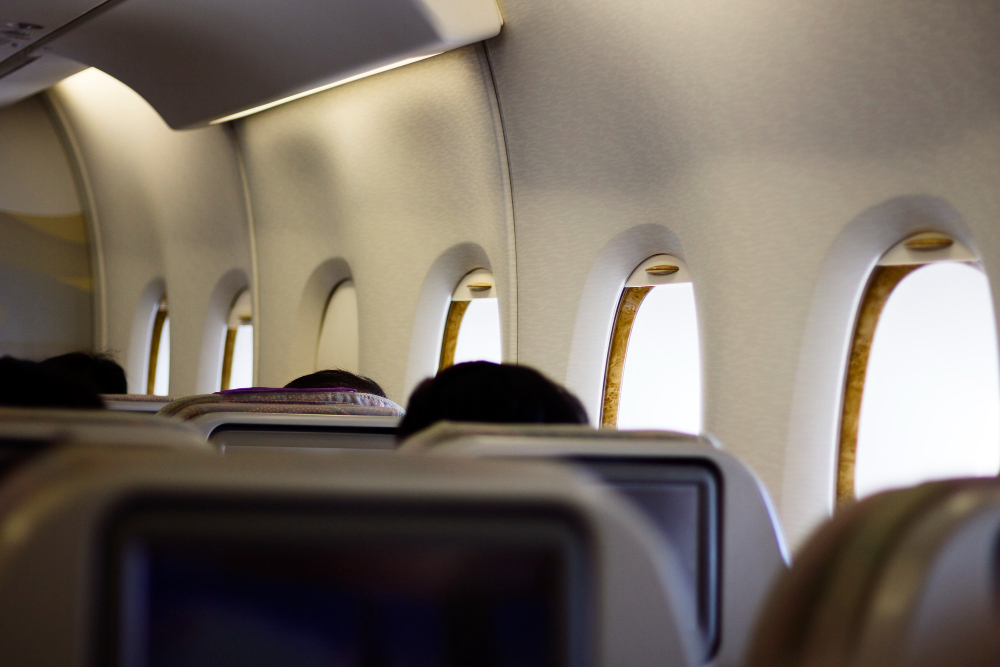
Flights often feel bumpier due to turbulence, a natural movement caused by shifts in airflow and weather conditions. Older travelers may find certain seat locations more comfortable, as some spots minimize movement and provide easier access. Choosing seats over the wings or near the front can reduce sensations of turbulence, while aisle seats offer better mobility. Knowing these factors helps improve both comfort and safety during air travel.
1. Understand turbulence as a natural shift in airflow affecting flight stability.

Turbulence is a common occurrence experienced during flights when the aircraft encounters uneven airflow. It’s akin to driving on a bumpy road. Pilots are well-trained to handle these events, which are mostly harmless albeit unsettling at times.
Understanding the physical environment around the plane helps contextualize turbulence. It usually happens when planes travel through invisible atmospheric pockets, reminding us that the sky is dynamic, as mentioned by NPR. Calm skies after takeoff can gradually give way to such disturbances, putting travel in perspective.
2. Recognize how weather patterns influence the intensity of bumpy flights.
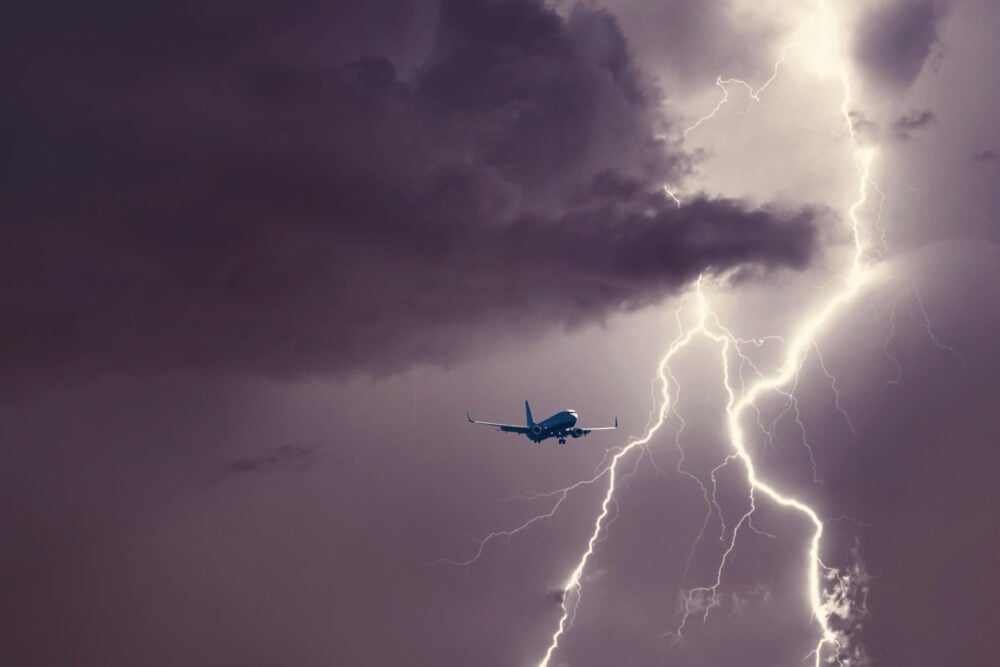
Flight disturbance levels often stem from specific weather phenomena. Thunderstorms, for instance, can create strong updrafts that cause noticeable flight bumps. These are part of the atmosphere’s natural rhythms. Skilled professionals constantly monitor and navigate through these conditions.
Changes in weather patterns can shape the turbulence intensity felt onboard. Clear skies might quickly turn turbulent when flying into a weather front, a transparent reminder of air’s invisible energy, as explained in Scientific American. As flights traverse different climatic zones, these effects surface, impacting comfort levels temporarily.
3. Know that flying over mountain ranges can cause increased air disturbances.
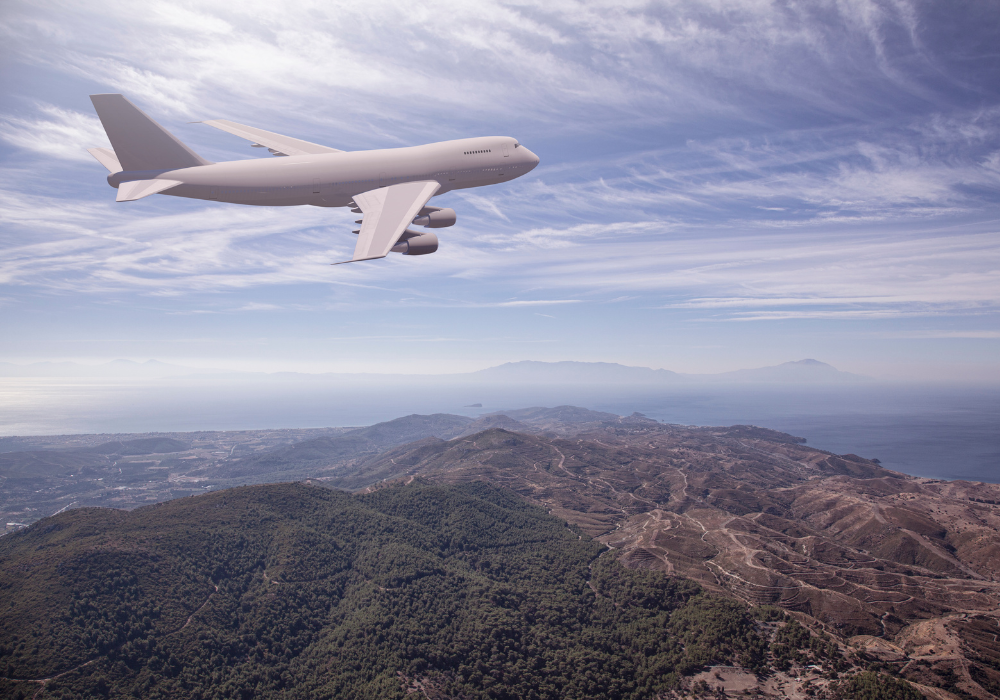
Mountain ranges can significantly affect flight comfort due to their impact on wind patterns. As planes soar over these towering landscapes, the upward drafts generated can make the ride feel more dynamic and unsteady.
The Rocky Mountains, for example, often lead to such disruptions when strong westerly winds rush over peaks, creating up-and-down currents, as mentioned in National Geographic. Pilots are accustomed to navigating these conditions, though travelers might find themselves aware of the aircraft’s necessary adjustments to maintain course.
4. Identify how jet streams create pockets of rough air during flight.

Jet streams act as fast-moving ribbons of air that can provide propulsion but also cause bumps. These high-altitude flows are like a swift-moving river in the sky, interacting with slower air masses.
Planes flying through jet streams might experience sudden jolts, a result of these air pockets changing pressure around the aircraft unexpectedly. While they speed up travel times occasionally, they also remind passengers that the air is not homogenous but vibrant and variable.
5. Consider early morning flight times to avoid typical afternoon turbulence peaks.
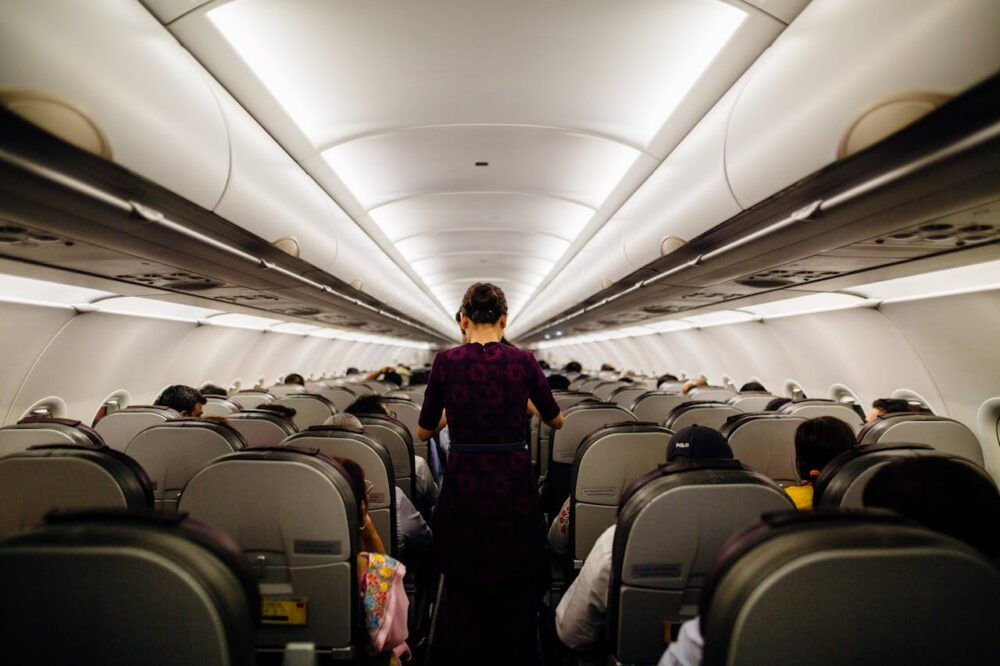
Taking flights early in the day often means encountering less airborne turbulence. The air tends to be calmer due to reduced solar heating and stable atmospheric conditions at these hours.
As afternoon temperatures rise, surface heating can introduce more thermal currents, increasing the chance of a turbulent experience. Therefore, morning flights might offer smoother journeys, providing a quieter start to travel, reducing disruptions typically associated with midday warmer air.
6. Choose aisle seats for easier access and more legroom during long flights.
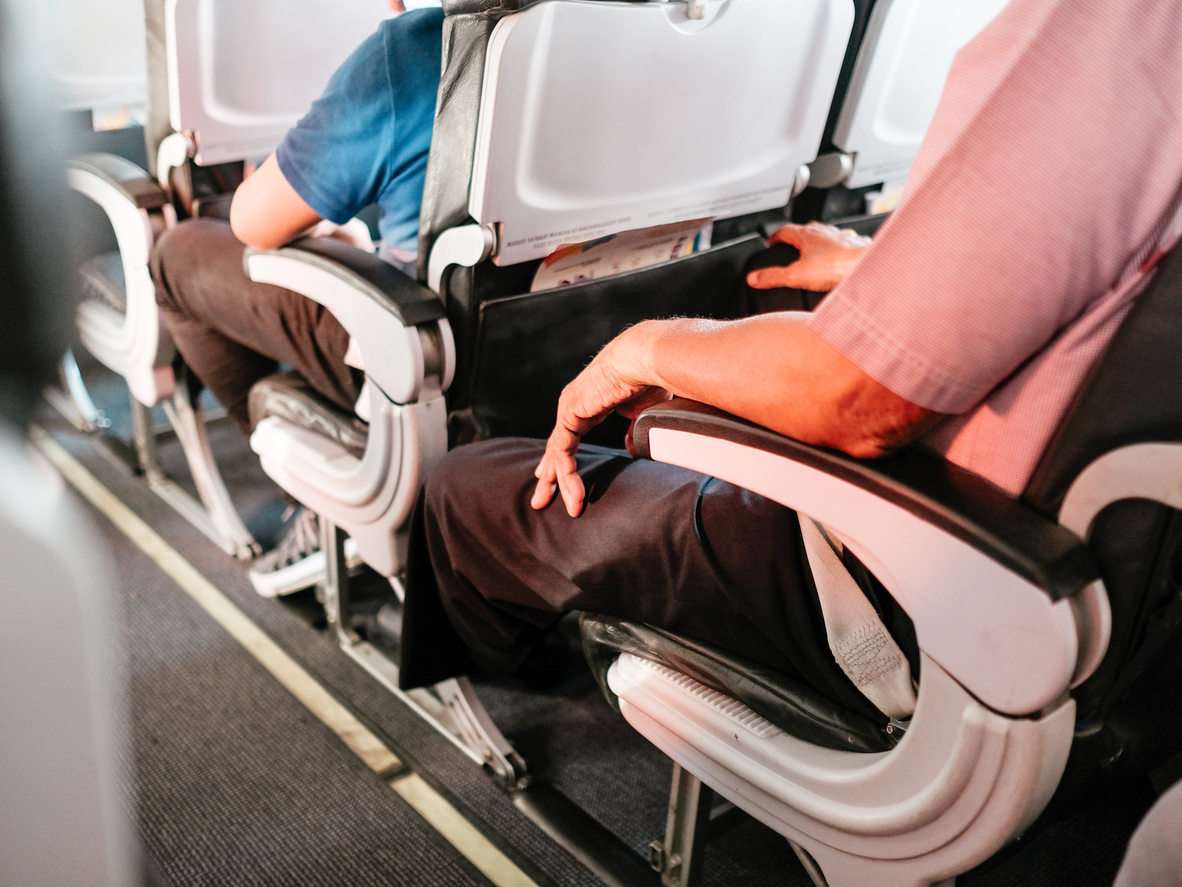
Aisle seats offer easier access and additional legroom, enhancing comfort during travel for older passengers. Their location provides a slight relief to those needing frequent mobility, especially on long journeys.
Convenience is key when selecting airplane seating, and aisles provide a strategic advantage by allowing spontaneous, unrestricted movement. For travelers who prefer stretching their limbs or accessing necessities quickly, aisles represent an optimal choice in various flying conditions.
7. Select seats near the wing to experience less motion during turbulence.
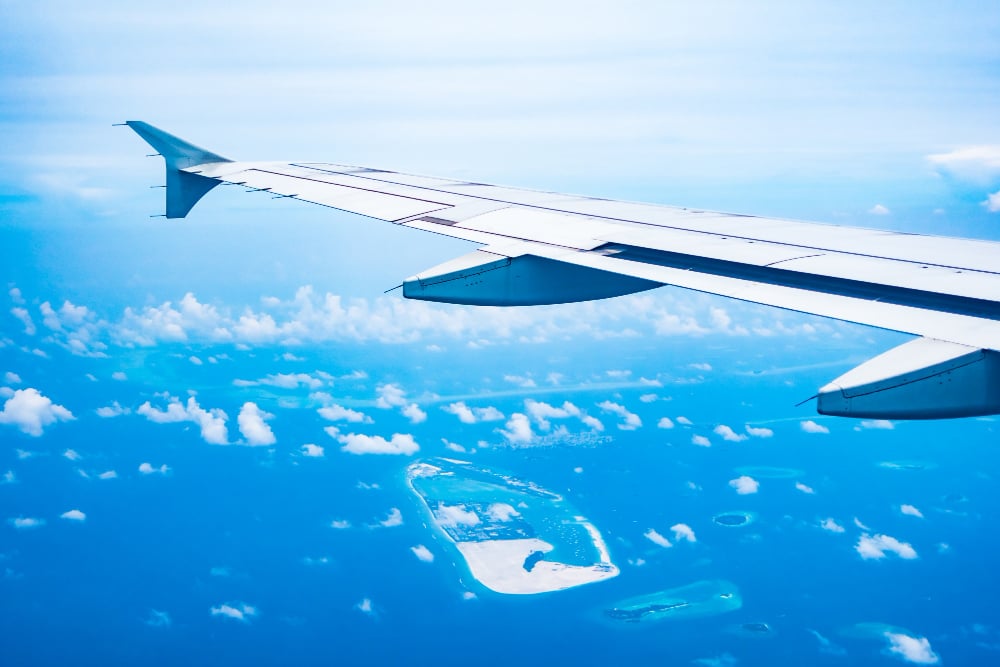
Selecting seats positioned over the wings can lead to a noticeably stable flight experience. This area has an advantage, as it represents the airplane’s center of gravity, naturally minimizing vertical movements felt during turbulence.
The wing area serves as a balancing point, reducing the perceptibility of motion in the cabin. Passengers aiming for steadier rides might benefit significantly, feeling fewer shifts compared to other sections. Practical considerations like these contribute to a more enjoyable journey.
8. Opt for seats closer to the front for a quieter and smoother ride.
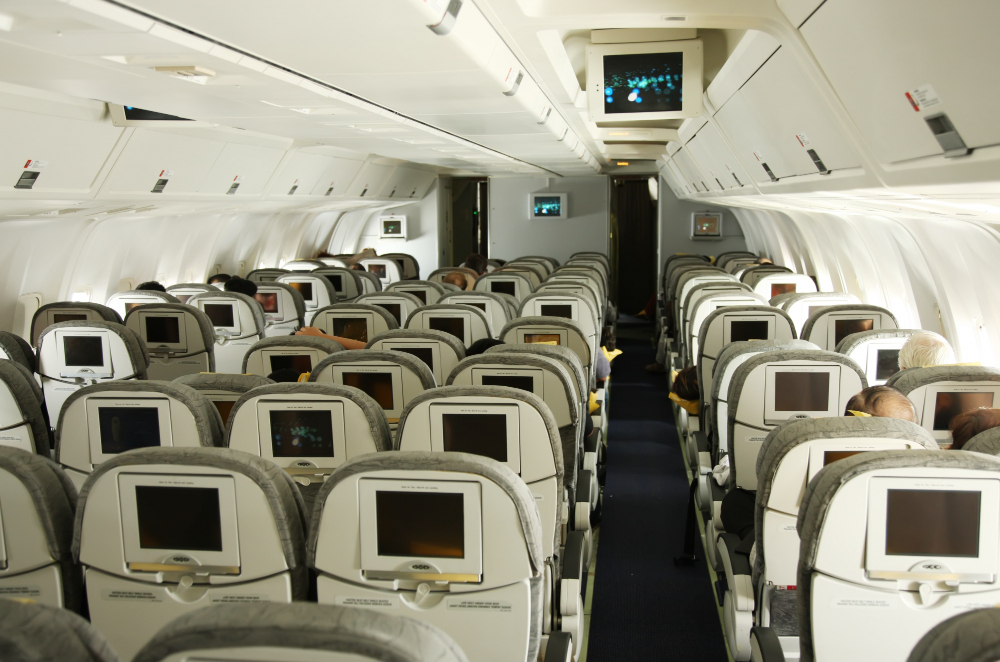
Seats located closer to the aircraft’s front offer a generally quieter experience. This section is less influenced by the noise and motion prevalent at the back, offering a placid end to an otherwise bustling boarding process.
When turbulence does occur, seats near the front feel its effects more gently, curbing unwanted sways. For those seeking a relaxed flight atmosphere, the combination of reduced engine roar and moderated movement establishes a serene traveling environment.
9. Avoid rear seats which tend to feel more movement during bumpy conditions.
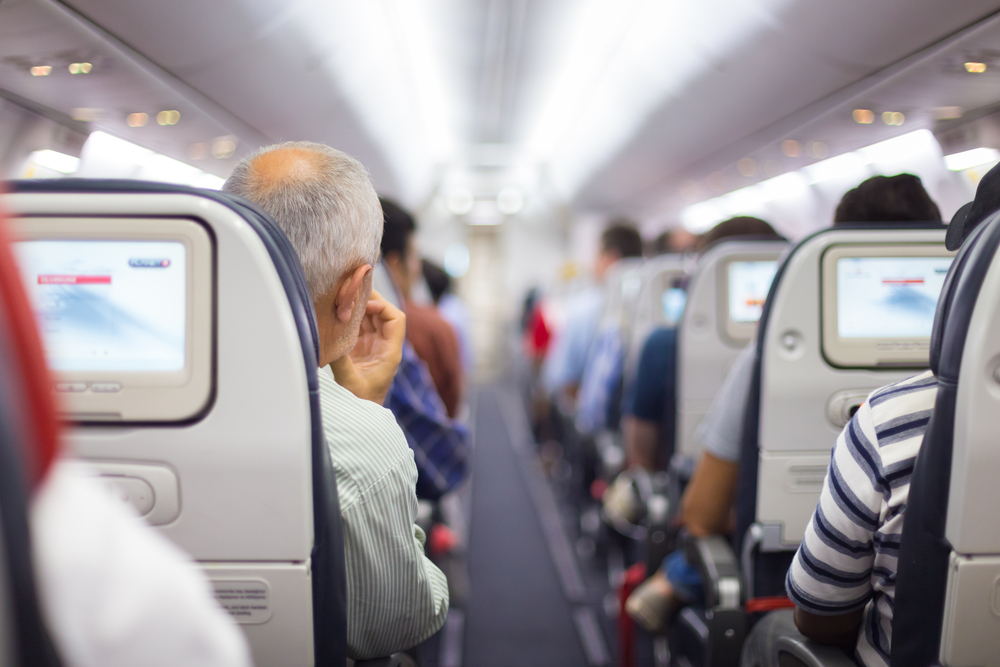
The back of the plane often accentuates movement during flight, making seats here more susceptible to turbulence. They sway and bounce stronger than other areas, intensifying the feeling of an airborne roller-coaster at times.
Passengers with motion sensitivity or a preference for less jostling are likely better suited to front or middle seating options. Choosing wisely can transform an air traveler’s experience, focusing on comfort and stability rather than unavoidable motions.
10. Use bulkhead seats wisely for extra space but be mindful of limited recline.
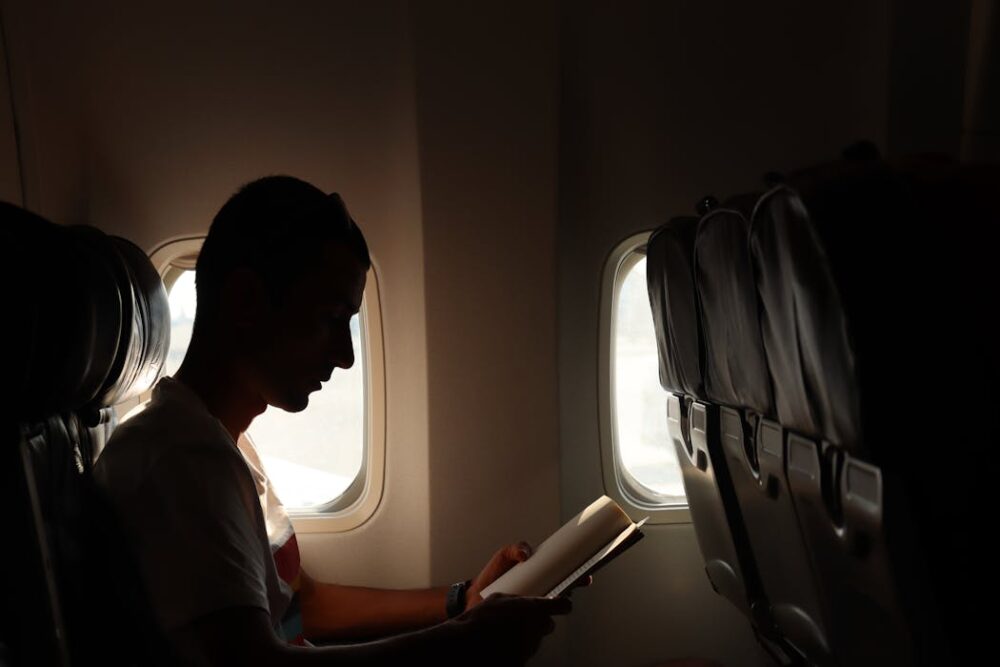
Bulkhead seats provide extra space, offering more room to stretch without an encroaching passenger in front. These partitions at the front of the cabin can ensure a more spacious experience.
However, the trade-off can be limited seat recline, restricting relaxation options for some. Bulkheads create pockets of comfort, yet necessitate consideration of personal preference regarding the ability to lean back during long-haul flights.
11. Prioritize seats with extra legroom when comfort is a key concern.
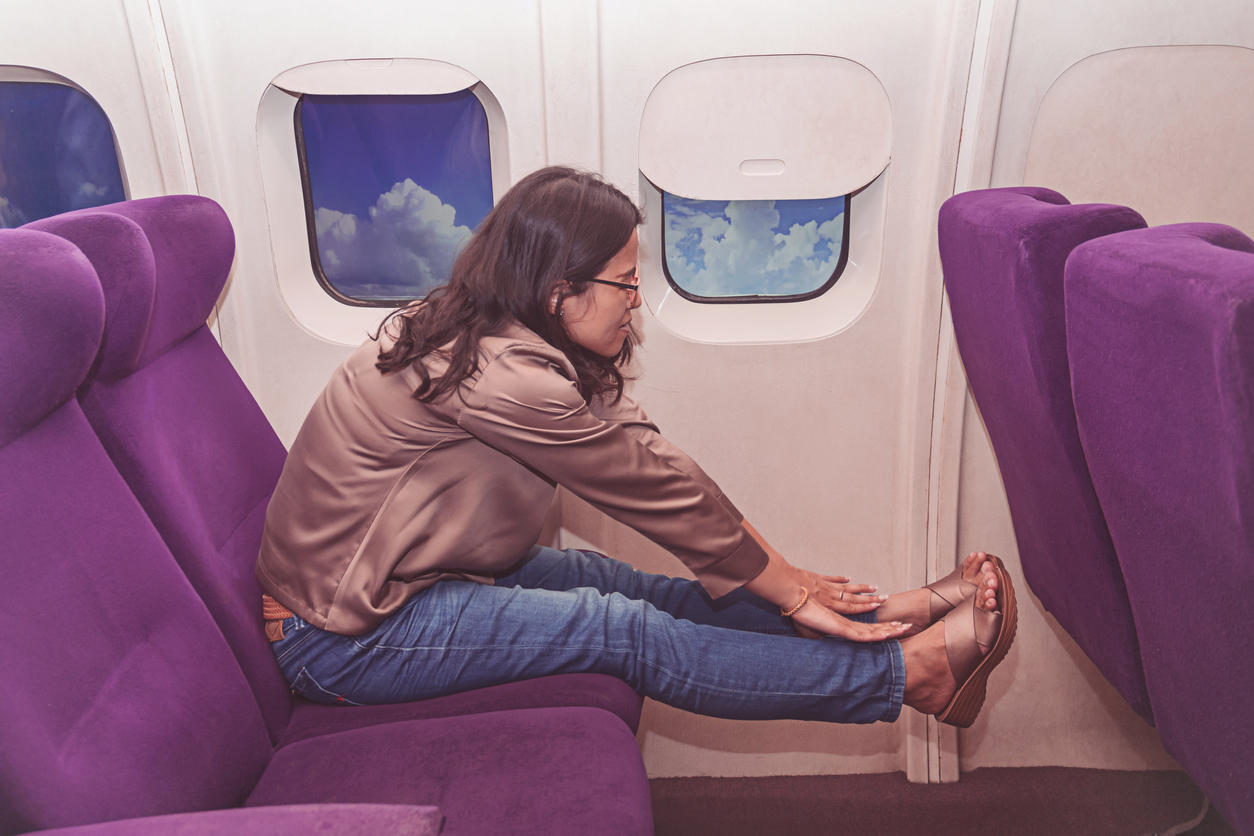
Seats with extra legroom cater particularly to those who value comfort, offering a reprieve for longer limbs during extended flights. These generously spaced areas welcome stretching and shifting, ideal for maintaining comfort and circulation.
Airlines often designate these seats near emergency exits for tandem practicality and safety. With more room, passengers enjoy enhanced flight conditions without the usual confines of standard seating, crafting a more pleasurable voyage.
12. Research airline seat maps to find options best suited for older travelers.
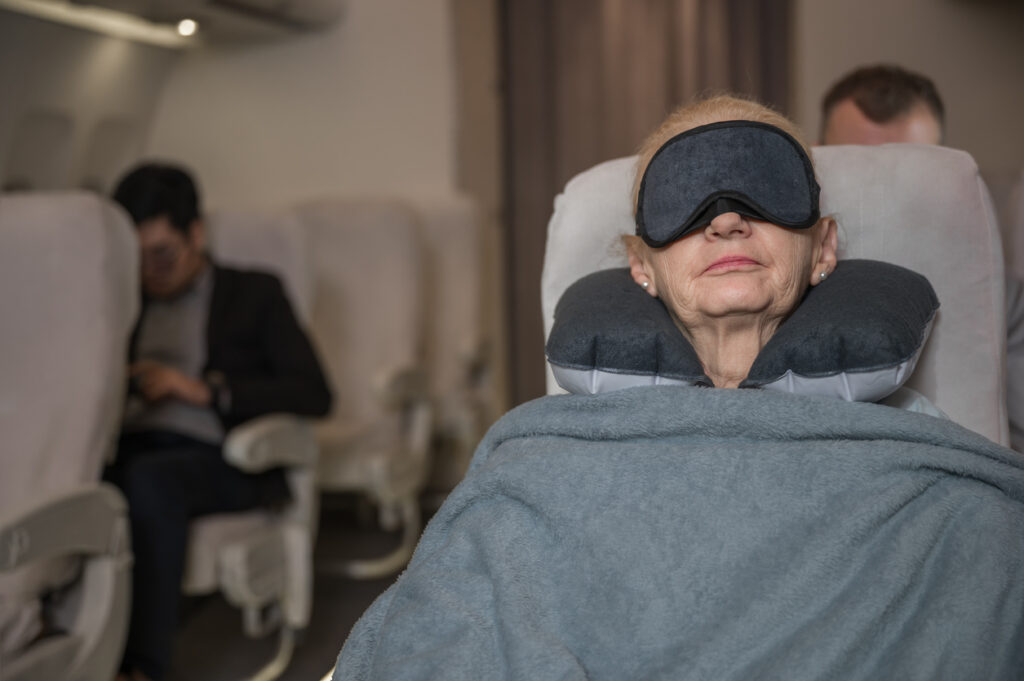
Exploring airline seating maps can highlight available options tailored to varying needs. Travelers can strategically discern which seats align best with personal preferences and mobility requirements based on the cabin layout data provided.
Informed choices might unveil seats with added amenities like proximity to lavatories or exclusive cabins. For older travelers keen on comfort, assessing these maps leads to discovering ideal locations, optimizing the experience amid high-altitude journeys.
